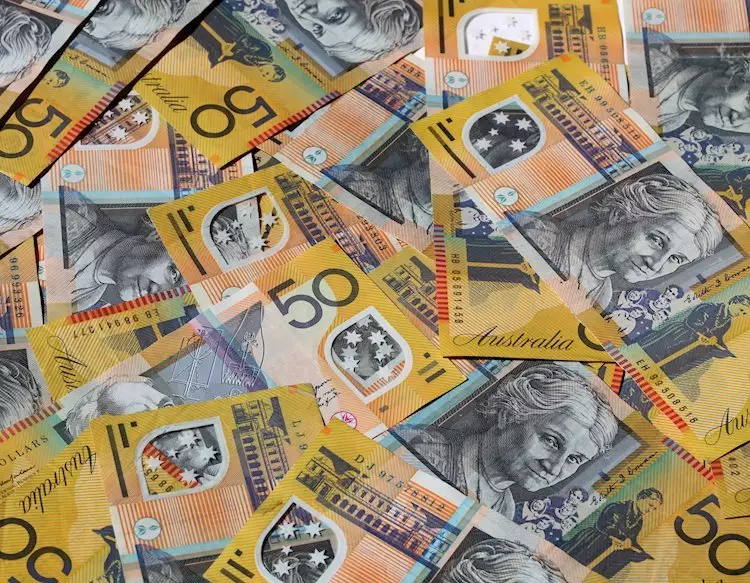The AUD/USD pair experienced a slight retreat on Friday, settling near 0.6575 after a modest descent of 0.30%. The Reserve Bank of Australia (RBA) continued to maintain a hawkish stance which contributed to the strength of the Australian Dollar. Additionally, the release of stronger Chinese inflation figures during the European session provided further support for the Aussie currency. The complex economic landscape of Australia and the RBA’s commitment to combating inflation have led markets to price in a minimal easing of just 25 bps in 2024. Governor Michele Bullock’s recent comments reiterating the reduced need for rate cuts and the willingness to raise rates if necessary underscore the central bank’s hawkish sentiment.
The National Bureau of Statistics reported a 0.5% rise in consumer prices in China for July, surpassing earlier forecasts of 0.3%. The headline Consumer Price Index (CPI) saw a similar increase of 0.5% in July, marking the highest level since February. These positive inflation figures from China have helped alleviate concerns about a drastic economic downturn in the region. As a result, the downside for the Australian Dollar is expected to be limited due to this favorable news.
The price action of the AUD/USD pair in the past week has shown resistance around the 0.6600 level, where the 20, 100, and 200-day Simple Moving Averages (SMA) converge. Conversely, strong support has been maintained at the 0.6500 level. The Relative Strength Index (RSI) has hovered close to the neutral zone, indicating a lack of significant buying or selling pressure. A notable spike in the RSI from 30 to 49 suggests a positive shift in momentum towards buyers.
Inflation is a key economic indicator that measures the increase in the prices of goods and services over time. Headline inflation is often expressed as a percentage change on a month-on-month (MoM) and year-on-year (YoY) basis. Core inflation, which excludes volatile elements like food and fuel, is closely monitored by central banks to maintain stable prices. When core inflation exceeds 2%, central banks may raise interest rates to curb rising prices, which in turn, can strengthen a currency. Conversely, low inflation levels can result in reduced interest rates, making a currency less attractive to investors.
Traditionally, high inflation was associated with a rise in the value of gold as it acted as a hedge against economic uncertainty. However, in today’s market environment, higher inflation tends to lead to an increase in interest rates by central banks to control price growth. This uptick in interest rates can make alternative investments more appealing than holding gold, which pays no interest. On the other hand, lower inflation levels can be positive for gold as it indicates lower interest rates and a weaker currency, making the precious metal a more attractive investment option.
Understanding the impact of inflation on currency values is crucial for navigating the complex world of foreign exchange trading. By keeping an eye on inflation indicators and central bank policies, investors can make informed decisions about currency movements and potential investment opportunities.

